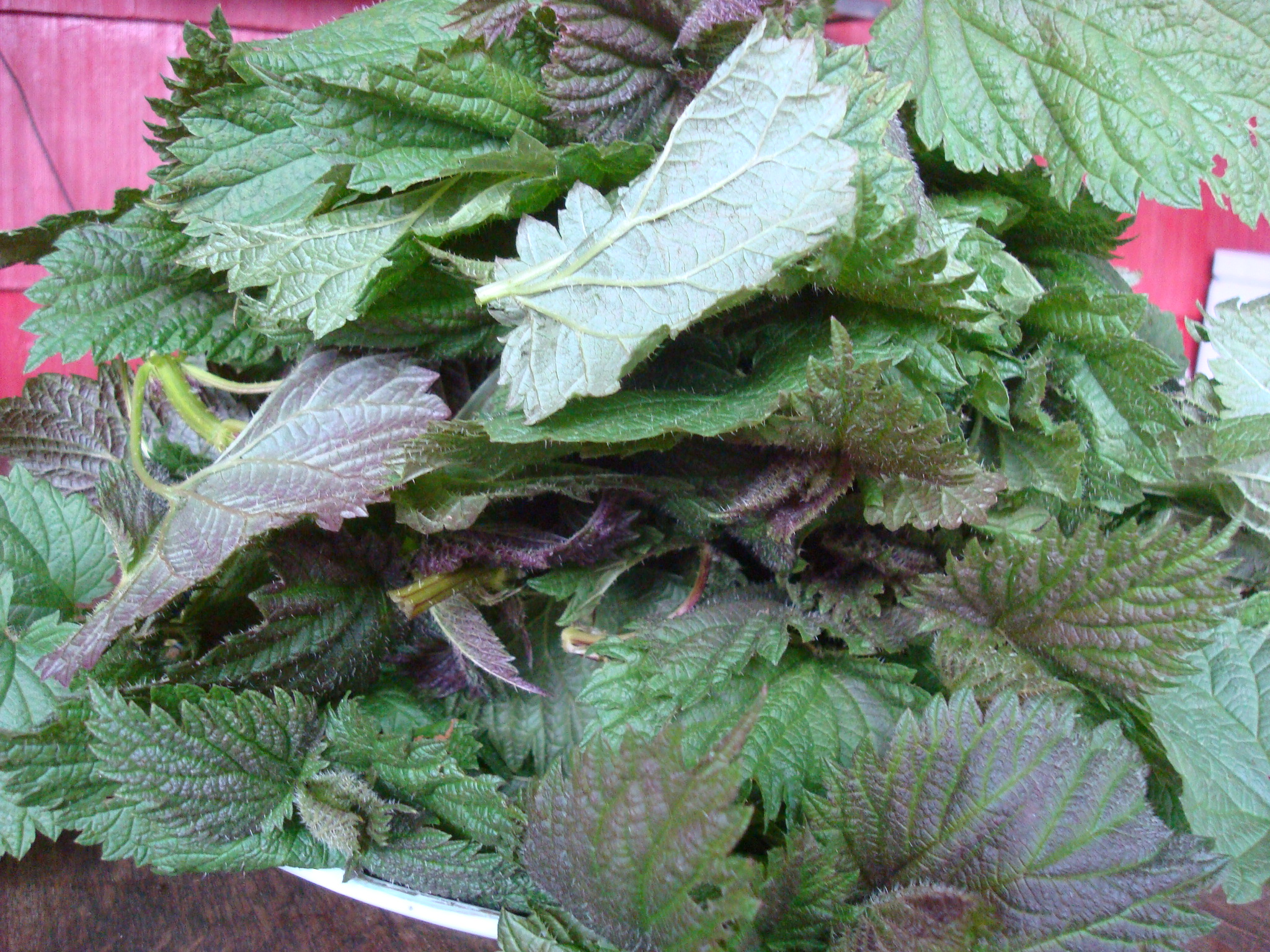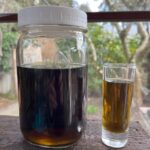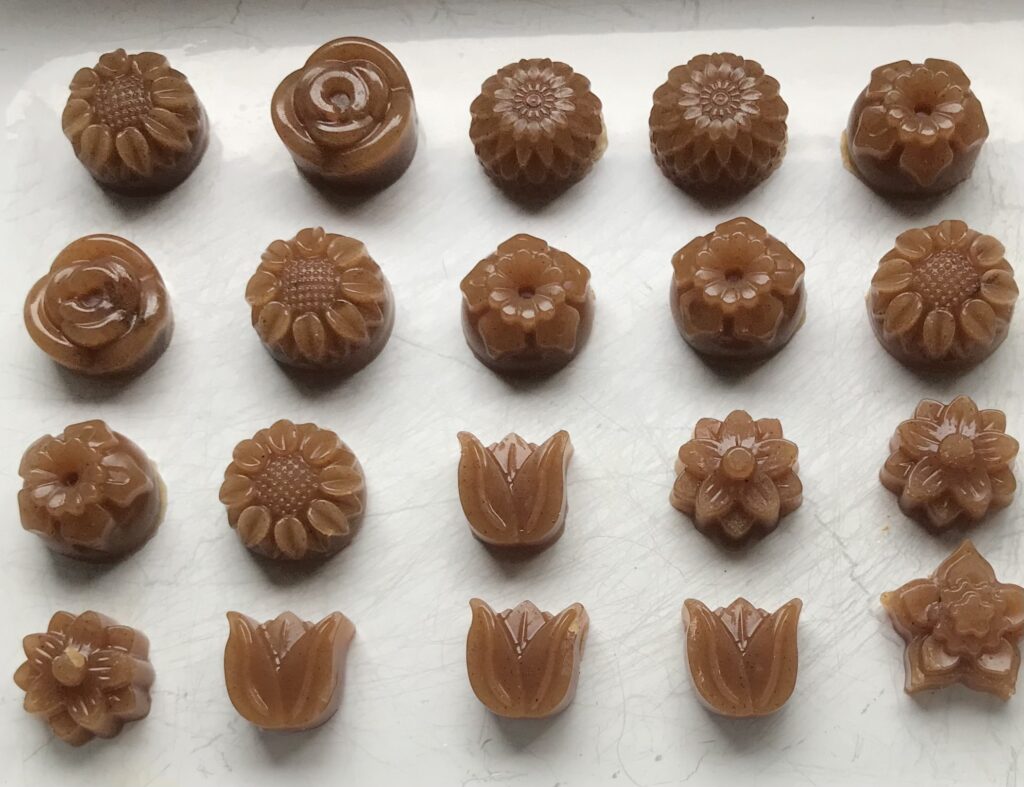
During the last few months, when you came for your appointment, you have probably sampled some of my latest nutritive experiments – GUMMIES. What was my path to making gummies you might be asking yourself? Well, it all started with learning about the benefits of beef gelatin as a recovery and strengthening food. Beef gelatin (collagen) heals gut lining, strengthens bones, protects tissues/muscles, decreases joint pain, improves blood sugar levels, sleep, hair, skin and nails. Those health benefits are just too compelling not to make something of it so when one of my clients gave me a silicon gummy mold after sharing about this rich protein source, I became a gummy maker and connoisseur. There are many other ways to incorporate beef gelatin into diets but gummies are a particularly unique, adorable and stealth way (especially for children) to micro dose nutrients that come in powder form.
As a creative medium, the making of gummies is open for infinite experimentation and variation. Initially, I had some mushroom powders that I bought at Grocery Outlet and was eager incorporate them as a supplement in my diet. That led to other ideas and experiments. For the liquid portion in the recipe using fruit juices as your liquid gives a colorful presentation and medicinal teas can offer complex flavors. Mountain Rose Herb Company has an enticing selection of herb powders which might open your mind to the possibilities. For example, after doing your research, you can make sleep gummies by adding valerian root powder or digestive gummies by adding aloe vera powder. Also consider converting your daily peppermint tea with added ingredients like greens superfoods into a gummy for a cheerful and stimulating mid-day snack or mini dessert! I don’t feel nearly as giddy when I take my multi-vitamin pill as I do when I pop a gummy in my mouth. There is a large selection of silicon gummy molds that you can find online. I am waiting for more iconic or groovy silicon molds to hit the market but for now I am settling for hearts, cute animals and patterned flowers.
Here is the basic recipe but experiment according to your tastes and ingredients.
1 cup liquid (juice, tea, water, milk – plant based or dairy)
2 tablespoons of sweetener (honey, maple syrup, agave)
4 tablespoons of Beef Gelatin (I use Vital Proteins)
1 tablespoon of supplement powders- medicinal mushroom (reishi, shitake, maitake), maca root, ashwagandha , greens superfoods, seaweeds, turmeric, beet root, hibiscus, magnesium, Vitamin C, etc
½ – 1 teaspoon spices or flavors – ginger, cinnamon, lemon, lime, cacao, etc.
Here are some of my gummy recipes.
Pomegranate Reishi Ginger Gummy
1 cup Pomegranate juice
2 tablespoons honey
4 tablespoons beef gelatin
1 tablespoon Reishi Mushroom powder
½ teaspoon ginger powder
Maca Cinnamon Gummy
1 cup water
2 tablespoons maple syrup
4 tablespoons beef gelatin
1 tablespoon Maca powder
1 teaspoon cinnamon
Matcha Green Tea Lime Gummy
1 cup water
2 tablespoons honey
4 tablespoons beef gelatin
1 tablespoon Matcha green tea
1 teaspoon lime
Instructions
- In saucepan, combine liquid and sweetener and heat over medium heat until steaming hot but not quite boiling.
- Lower the heat to the lowest setting and stir in powders, spices or flavors.
- Whisk in gelatin one tablespoon at a time until fully dissolved.
- Remove from heat and use a dropper to fill gummy molds. A larger dropper makes filling molds quick and easy.
- Put molds in refrigerator to firm up – 15 minutes to ½ hour.
- When firm, pop gummies out of mold and store in sealed container in refrigerator.
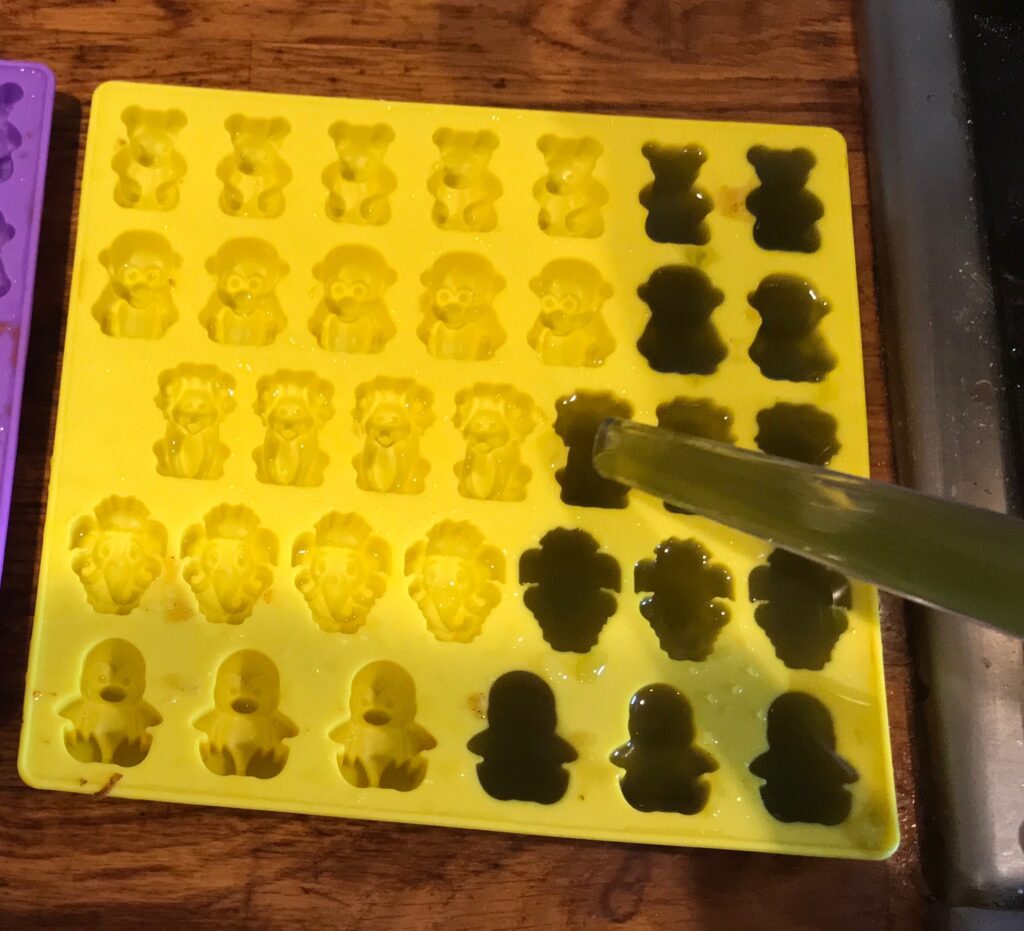
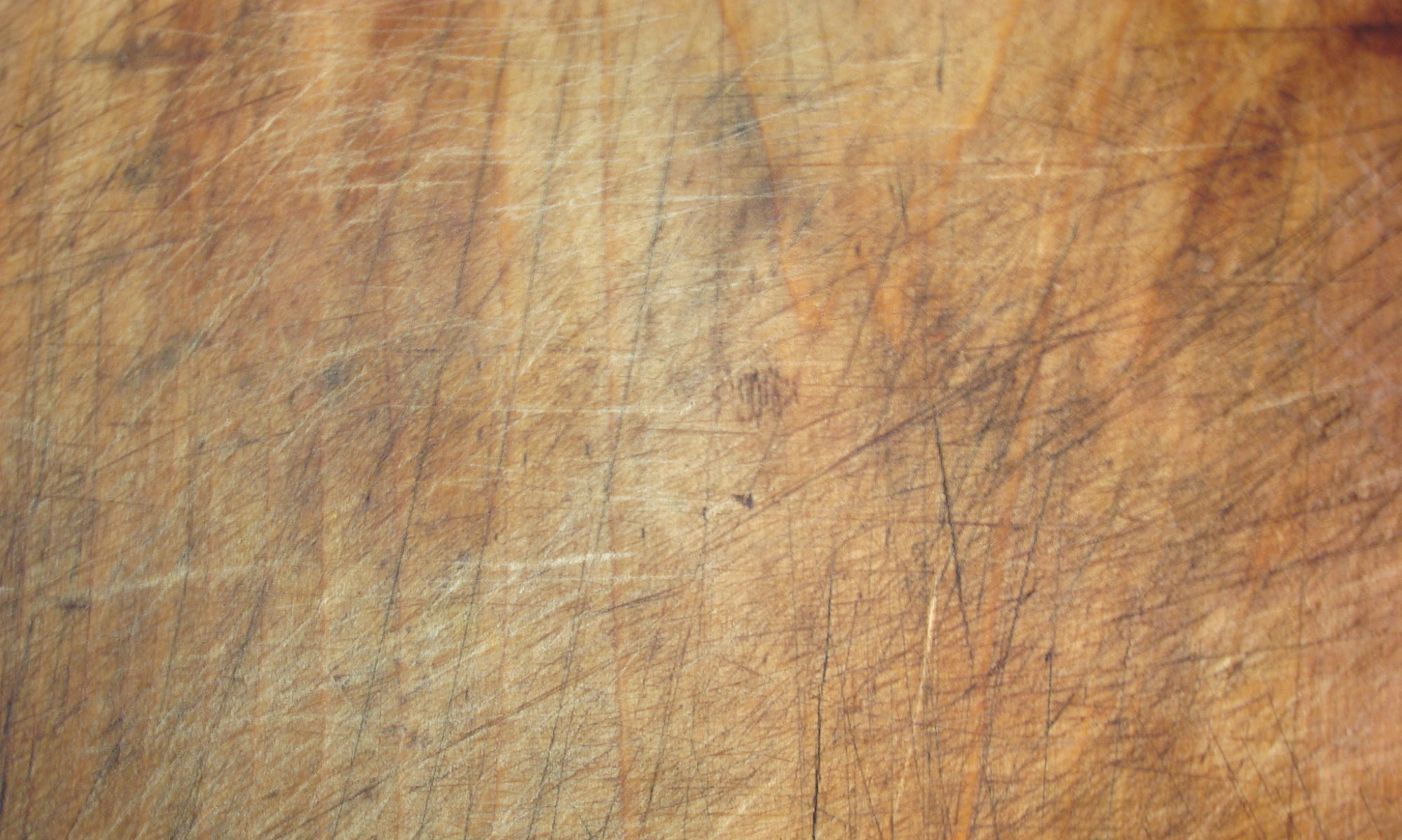
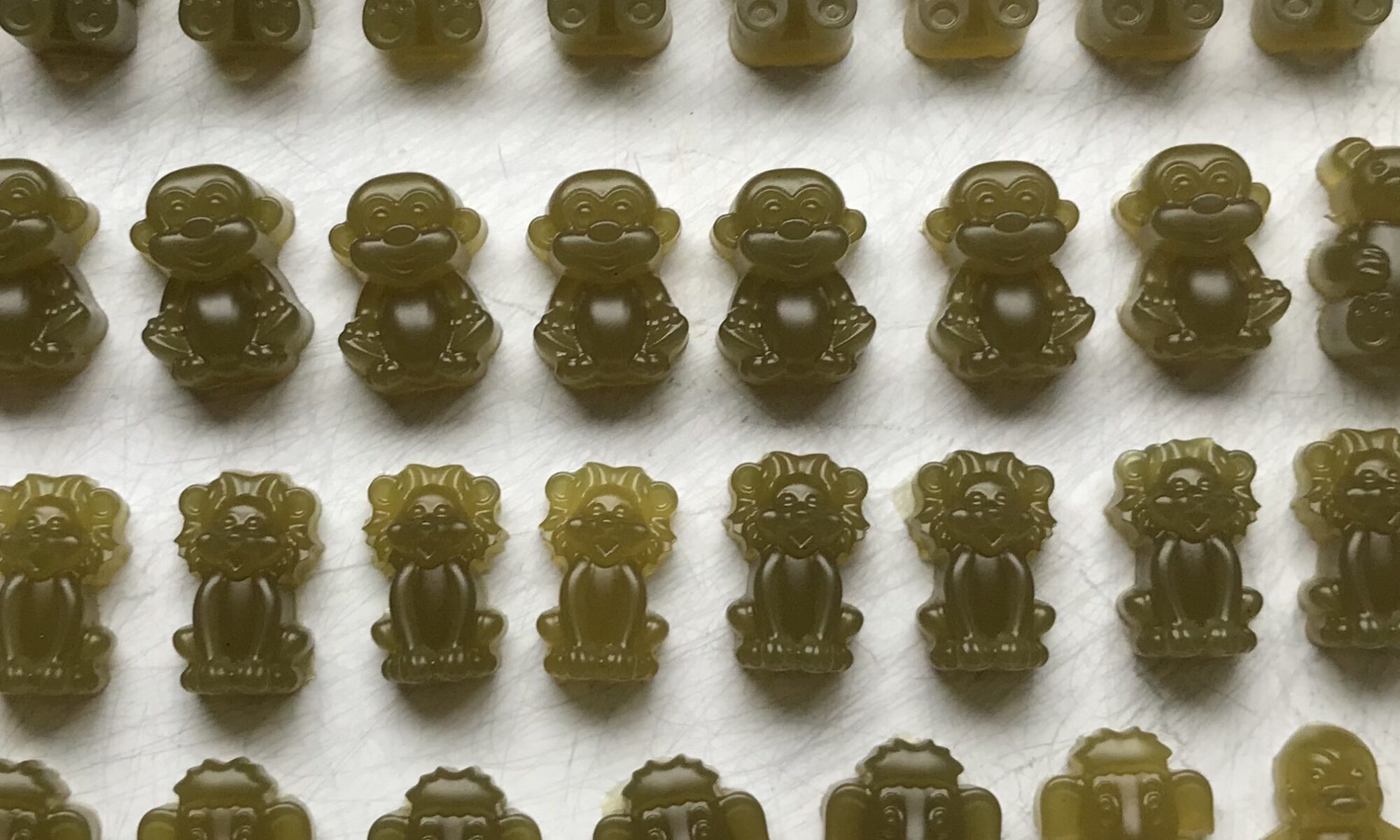
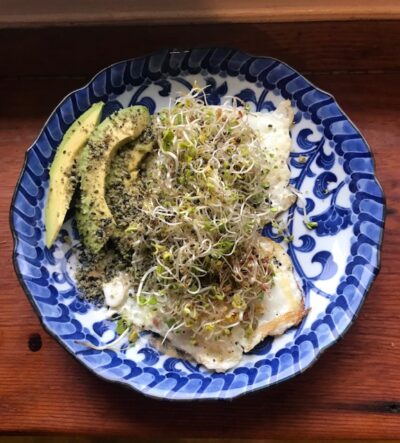

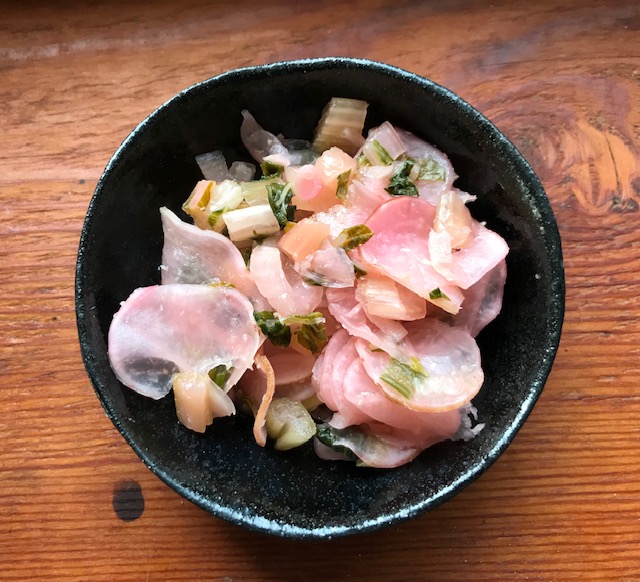
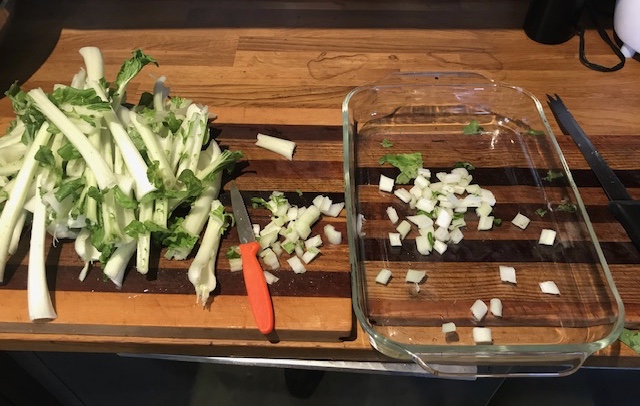

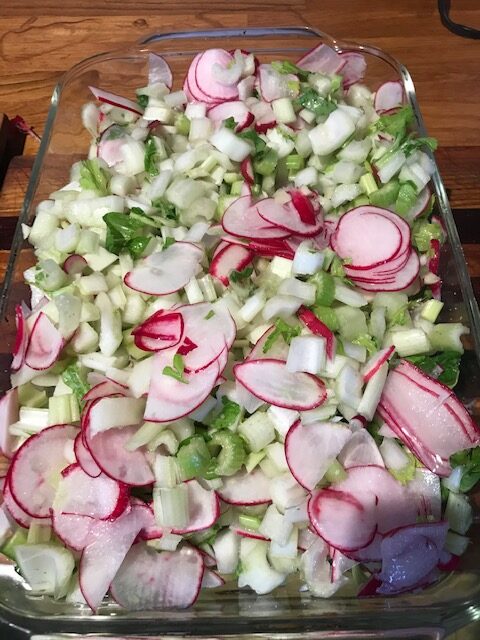
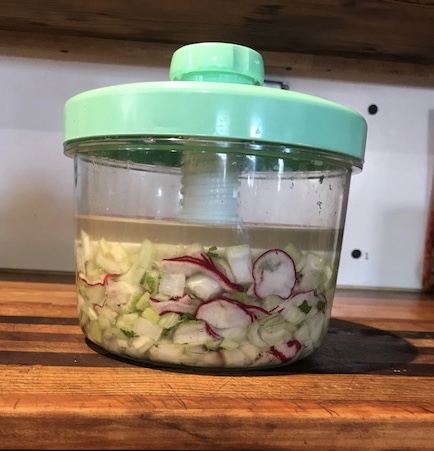

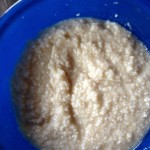
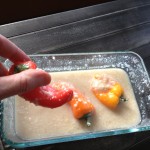
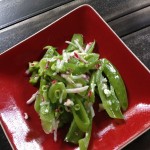



 I went to my GP, Dr. William Shaul, at Group Health today. As we sat together discussing my current concerns in the exam room, he, sitting on the black stool in a pink-stripped shirt, was, as I have come to expect, very attentive. Even though he was trying to get a read on my issues, I couldn’t resist diagnosing him. You see, he is a heart type in Chinese Medicine, with the classic physical characteristic of a round, bald head and red tinged skin; however, the warmth in his eyes and genuineness in his laughter is what really gives his elemental type away. Just as I get his type, he gets mine. I’m the kind of patient who is primarily interested in practicing self-trust when it comes to dealing with my health issues. Respectfully and tactfully, he offers suggestions, tests, and diagnostic scans but doesn’t judge me for not choosing them. Or when I do, he promptly facilitates their procurement. After he thoroughly and expeditiously handles all the medical business, he usually asks me for the real tell, “So, what books are you reading these days?” And, that’s when we get down to the business of talking about our real fix: literature. My husband, Craig, on his medical appointments, also shares his own love of books with Dr. Shaul; they, both voracious readers of the same genre of guy-lit, have a lot to discuss on his infrequent visits too.
I went to my GP, Dr. William Shaul, at Group Health today. As we sat together discussing my current concerns in the exam room, he, sitting on the black stool in a pink-stripped shirt, was, as I have come to expect, very attentive. Even though he was trying to get a read on my issues, I couldn’t resist diagnosing him. You see, he is a heart type in Chinese Medicine, with the classic physical characteristic of a round, bald head and red tinged skin; however, the warmth in his eyes and genuineness in his laughter is what really gives his elemental type away. Just as I get his type, he gets mine. I’m the kind of patient who is primarily interested in practicing self-trust when it comes to dealing with my health issues. Respectfully and tactfully, he offers suggestions, tests, and diagnostic scans but doesn’t judge me for not choosing them. Or when I do, he promptly facilitates their procurement. After he thoroughly and expeditiously handles all the medical business, he usually asks me for the real tell, “So, what books are you reading these days?” And, that’s when we get down to the business of talking about our real fix: literature. My husband, Craig, on his medical appointments, also shares his own love of books with Dr. Shaul; they, both voracious readers of the same genre of guy-lit, have a lot to discuss on his infrequent visits too.